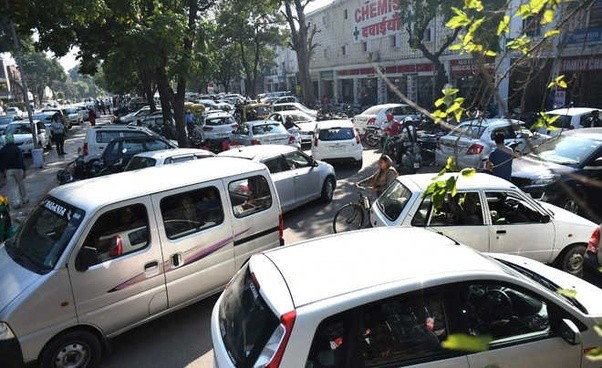As Bangalore continues to evolve, its older neighborhoods retain a distinctive charm that draws residents seeking a blend of history and modernity. However, amidst the allure of vintage apartment complexes, a contemporary issue looms large: the scarcity of car parking spaces.
In the bygone era when these apartment buildings were erected, car ownership was a rarity, with families often owning just one vehicle, if any. Fast forward to the present, the surge in vehicle ownership has exposed a critical deficiency in parking infrastructure—an issue exacerbated by the limited space available within these older properties.
The consequence is a daily struggle for residents, characterized by congested streets and overburdened parking lots. Beyond the inconvenience, this situation poses safety hazards and exacerbates tensions among neighbors vying for limited space.
To address this pressing concern, it’s imperative for apartment associations and city planners to explore innovative solutions:
Implementing Efficient Space Management: Modern tools and technology can be leveraged to optimize existing parking spaces within the confines of these older apartment complexes. Through strategic layout design and utilization tracking systems, it’s possible to maximize the efficiency of available parking areas.
Exploring Vertical Parking Solutions: While more complex to implement, vertical parking facilities offer a promising solution for areas where horizontal space is severely limited. By capitalizing on multi-level structures, these solutions have the potential to significantly expand parking capacity within constrained environments.
Encouraging Carpooling and Public Transport: Reducing the dependency on individual vehicles is another key strategy for alleviating parking woes in old Bangalore apartments. By incentivizing carpooling initiatives and promoting the use of public transportation, residents can collectively reduce the demand for parking spaces and mitigate congestion on local streets.
As professionals in urban planning, real estate, and community management, we bear a collective responsibility to address these challenges proactively.
By collaborating across disciplines and embracing innovative approaches, we can develop sustainable solutions that balance the historical character of Bangalore’s neighborhoods with the practical needs of its residents.
Together, let’s embark on a journey to create livable, inclusive communities where the allure of the past harmoniously coexists with the demands of the present and the aspirations for the future.
